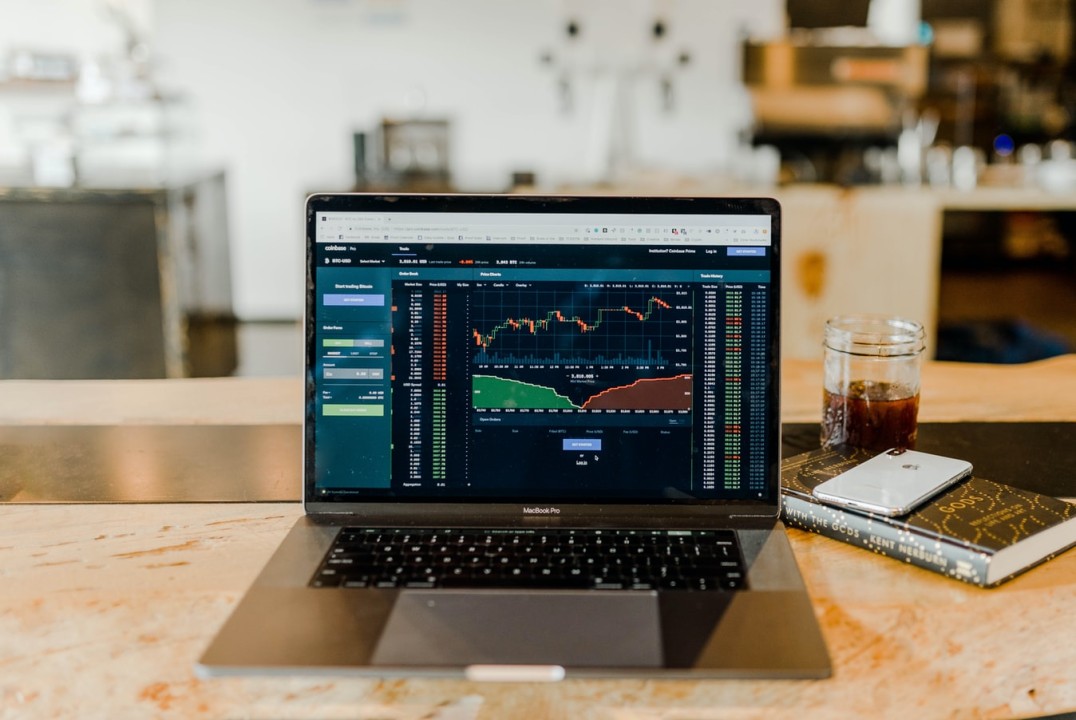KGI Blog | Dollar-Cost Averaging
Published by Christina Chua, 11 July 2020

Trying to time the market? Try dollar-cost averaging instead.
Sometime during mid-March, a friend of mine who isn't from the financial industry called me. She was asking for advice on investments as she considered me as a subject matter expert.
More specifically, she wanted to know whether it was the "right time" to sweep up some stocks of companies that are fundamentally strong with sustainable business growth over the long-term. These companies were not spared from the impact of COVID-19, and their shares were trading 20% - 30% lower than their higher levels. One example of such stock would be Visa Inc., which facilitates electronic funds transfers globally, mostly through its Visa-branded debit/credit/prepaid cards.
Here comes the golden question: "Do you think that this the lowest price point? Has it hit bottom?" Basically, she wanted to time the market, which is a common mistake that many amateur investors make when they participate in the stock market.
My advice to her was that she should consider investing in some high-quality blue chips through a dollar-cost-averaging strategy after doing the necessary research and identifying the right companies to invest.
It is impossible to predict when the stock market will hit "bottom" and share prices will be at their lowest, especially with the current market volatility and uncertainty with the economy and society. I also shared some of the research reports published by my company, KGI (Singapore) Pte. Ltd., a multi-product financial services solutions entity, to help her to reach a decision.
We then lost touch for a while due to our hectic schedules in juggling between work and family amid the circuit breaker, and we reconnected last Wednesday as our lives started to return to normal. After catching up on our family and work, I asked her about her investments, and she told me that she had missed the boat because of her hesitation. She spent every day trying to decipher if the stock prices had hit their lowest point. By the time the market was recovering, she was still trying to play the timing game by waiting for the stock price to go lower. Before she knew it, she had lost the golden opportunity to participate in the bulk of the market upside, and now, she is still afraid to get her skin in the game because of the higher prices!
Sounds familiar? Many inexperienced investors face the same dilemma because of human psychology and behaviour. As such, they either stay on the sidelines and not invest at all, missing out the potential earnings that they could have gained – or even worse, they commit the mistake of "buying high" and "selling low" instead of the opposite!
In the current low-interest-rate environment, it will be challenging for consumers to gain any decent savings rates from the banks as compared to the past. Hence, it has become more important to seek higher returns through alternative asset classes like equities.
I re-iterated the concept of dollar-cost-averaging to my friend as well as its benefits. I wish to also share them with the people who in the same predicament as her:
- Dollar-cost-averaging is a strategy where an investor buys more shares when the prices are low and lesser shares when the prices are high. With this strategy, the cost of the shares (or units, if it is a unit trust/mutual fund) will be averaged out, resulting in a lower cost per share or unit over the long-term.
- Dollar-cost-averaging allows investors to detach from the pressures of timing the market and saves time as well as they no longer have to watch the market consistently. It will also ensure that the investors are engaged in the markets instead of staying on the sidelines regardless of price, riding out the highs and lows of business cycles and reaping the rewards eventually over a longer-term horizon. While investors are still exposed to market risk, and past performance is no guarantee of future returns, there are many investment opportunities to be harvested over time.
- By investing gradually over a long period, investors are diversifying the risk involved in market timing and are more likely to win in the long run, regardless of market conditions.
To diversify risks further, one can also consider employing a dollar-cost averaging strategy into a broad basket of single stocks, such as investing in a stock index or a mutual fund. Mutual funds are managed by professional fund managers, and they are classified into different categories depending on the types of securities the fund invests in (e.g., equities, fixed income, multi-asset, etc.), their investment objectives, and the returns they seek to achieve. Some examples of professional fund management companies include Franklin Templeton, Blackrock, Fidelity, First State, PIMCO, and so on. Many stocks and mutual funds pay regular dividends to their share/unit-holders, which can also help to supplement one's income, which is especially important when nearing retirement.
Ultimately, remember that all short and long-term investment decisions should be based on your needs and financial objectives, as well as your risk tolerance for each investment. Your financial adviser can help you determine which investments may be right for you through a Financial Needs Analysis.
If you would like to find out more about stocks or mutual funds from me, you can also e-mail me at [email protected]. I will be happy to exchange views and have a discussion with you.





